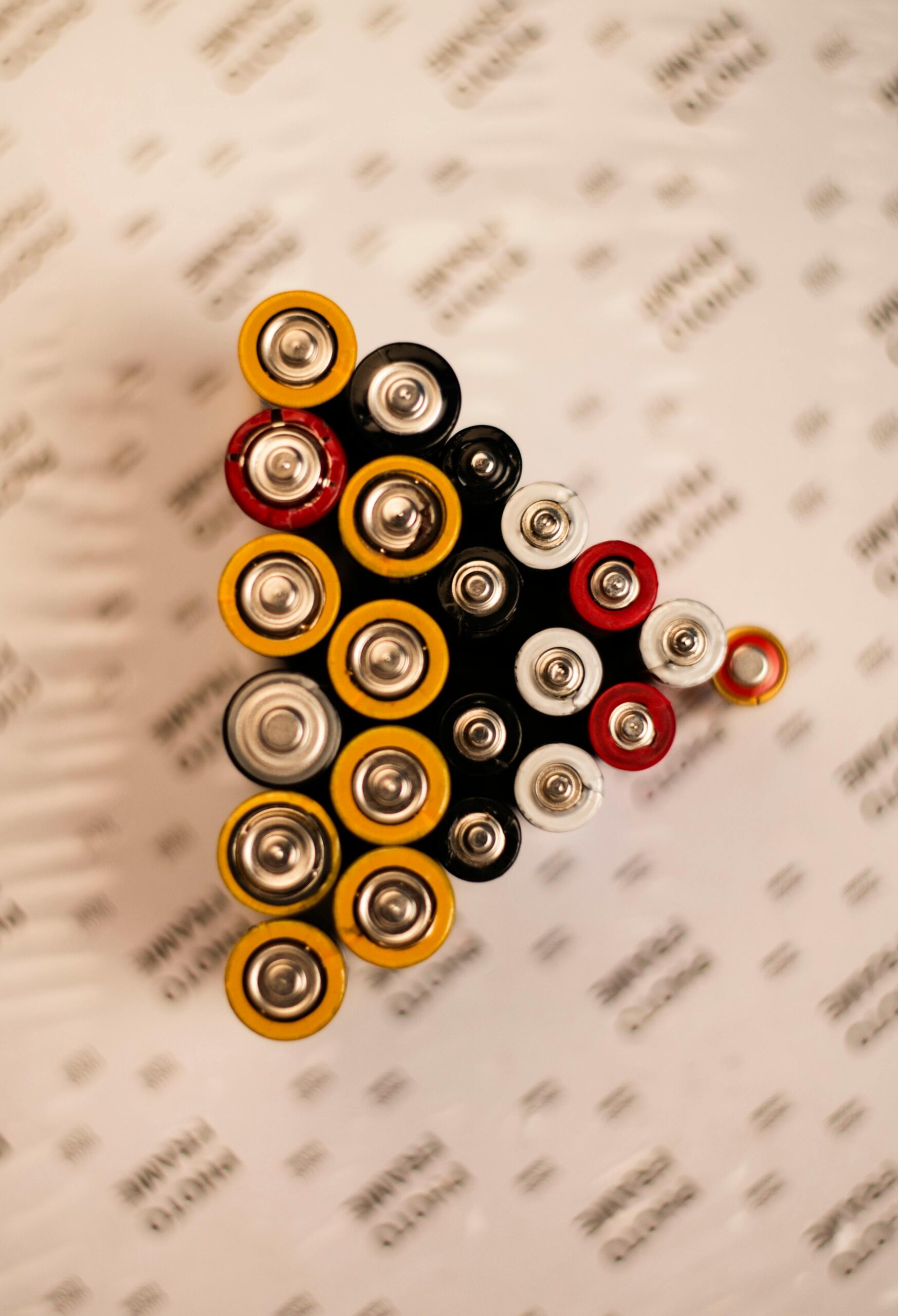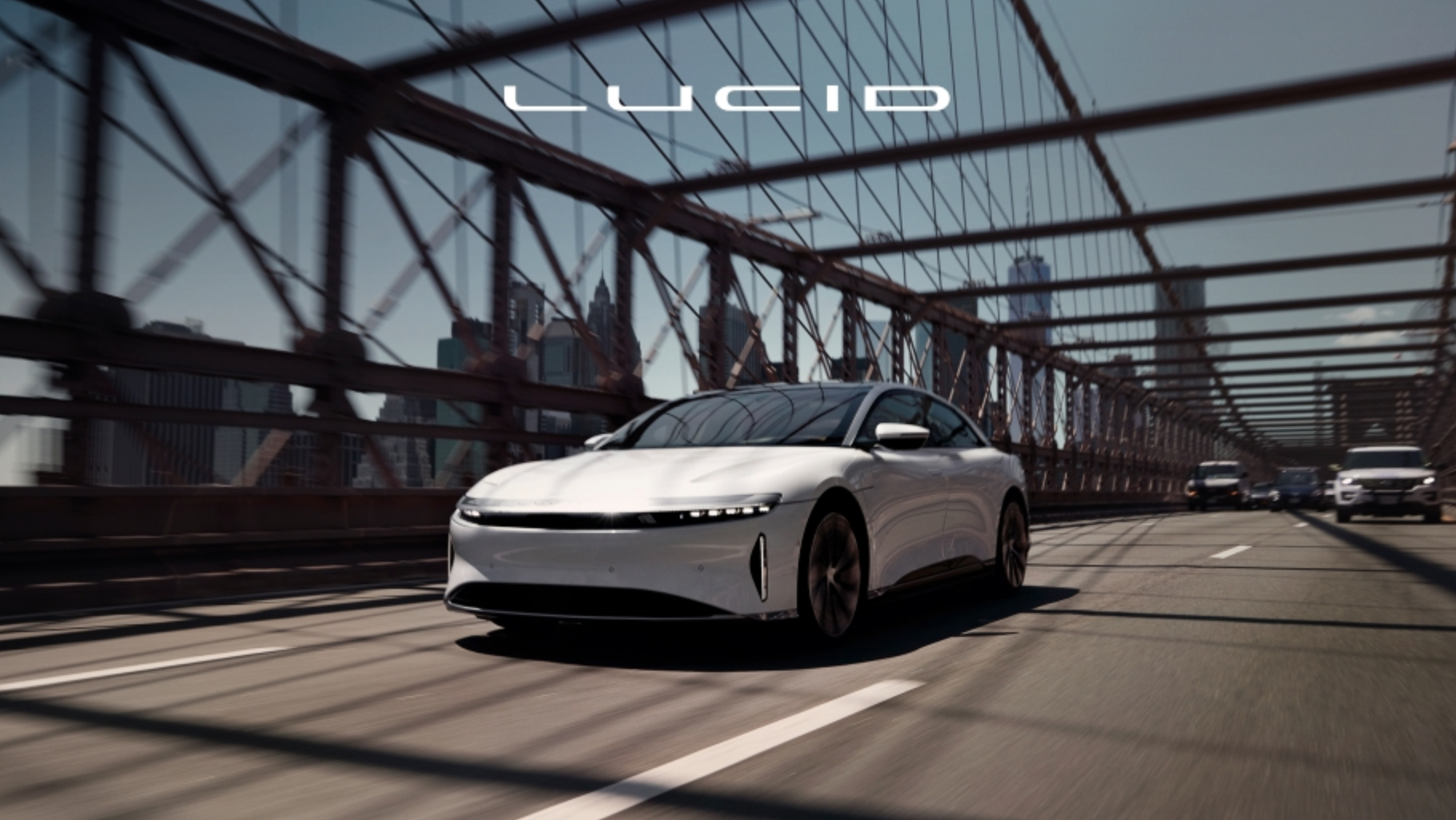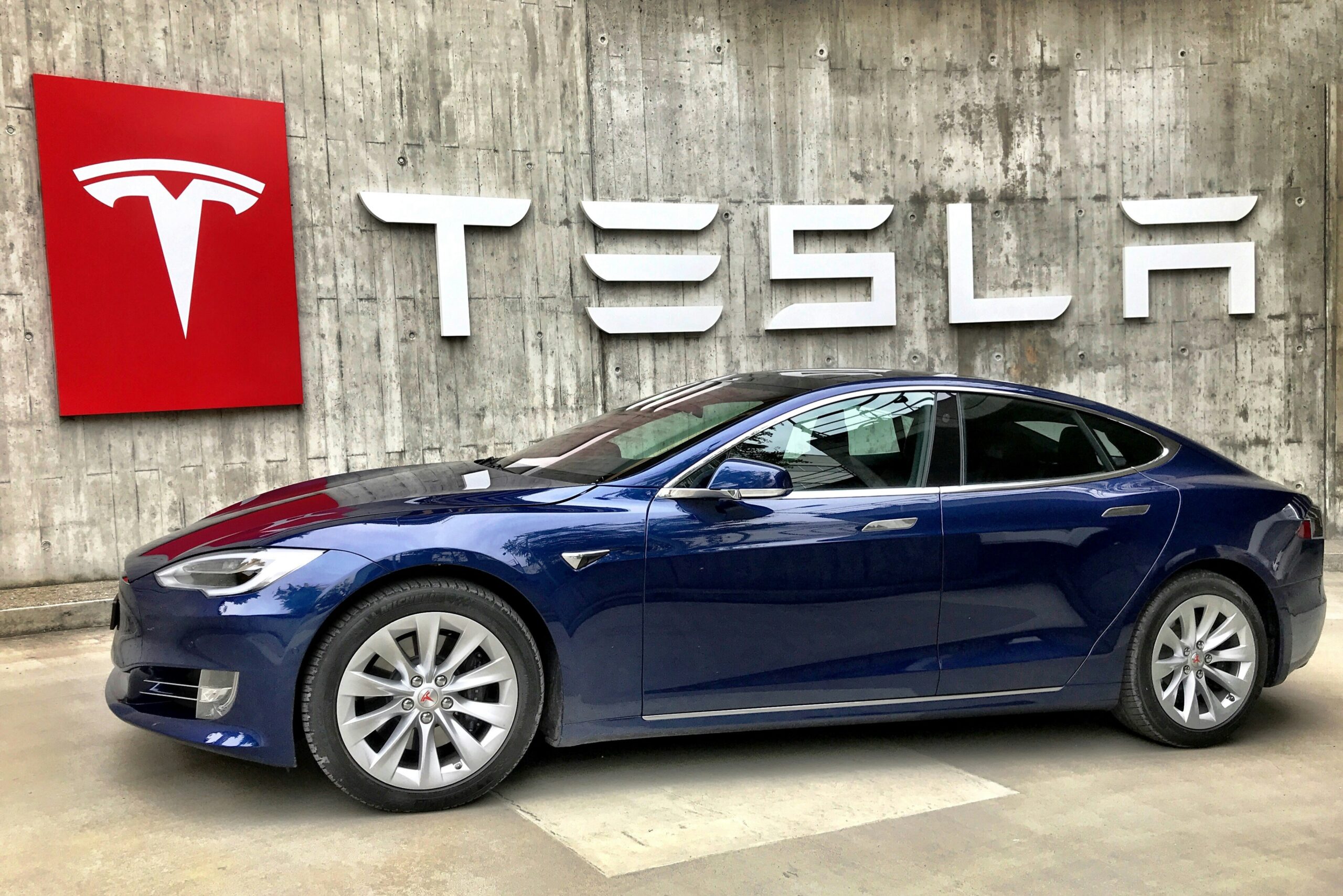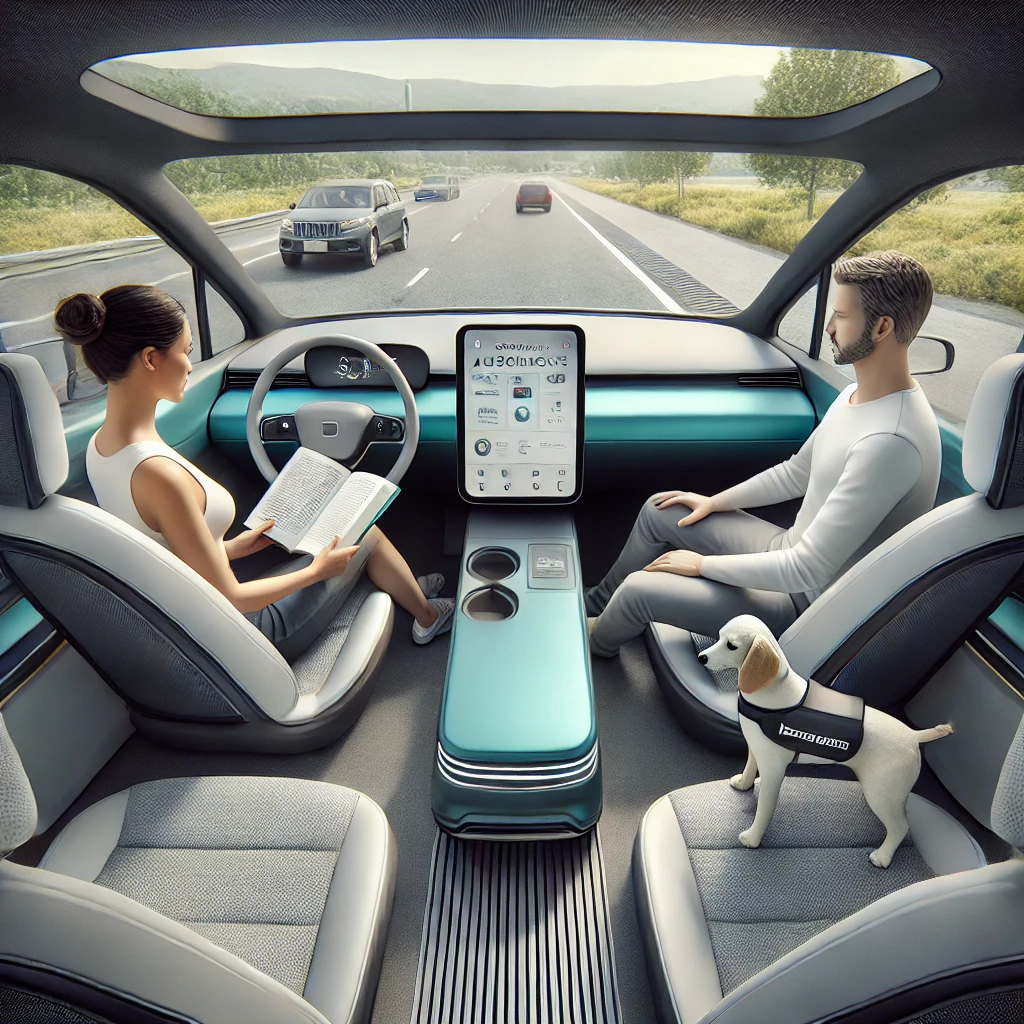Electric vehicles (EVs) have rapidly transitioned from niche products to mainstream contenders in the automotive industry. Central to this evolution is the development and production of advanced batteries, the heart of every EV. As the demand for cleaner transportation surges, automakers and tech companies are locked in a fierce competition to innovate and secure dominance in the battery sector. This article delves into the strategies, innovations, and challenges that define the current “Battery Wars.”
The Importance of Battery Technology in EVs
Batteries are the lifeblood of electric vehicles, determining their range, performance, charging time, and overall efficiency. The quest for superior battery technology focuses on several key areas:
- Energy Density: Higher energy density allows for longer driving ranges without increasing battery size or weight.
- Charging Speed: Faster charging reduces downtime, making EVs more convenient for users.
- Cost: Affordable batteries are crucial for making EVs accessible to a broader audience.
- Longevity and Safety: Durable and safe batteries enhance consumer confidence and vehicle lifespan.
Major Players in the Battery Race
Tesla – Tesla has been a pioneer in the EV market, heavily investing in battery technology. Collaborating with Panasonic, Tesla has developed high-performance lithium-ion batteries. The company’s Gigafactories aim to scale production and reduce costs through economies of scale. Tesla’s acquisition of Maxwell Technologies in 2019 signaled its interest in supercapacitor technology and dry electrode processes, potentially leading to batteries with higher energy densities and longer lifespans.
General Motors (GM) – GM has committed to an all-electric future, investing billions in battery development. The Ultium battery platform, developed in partnership with LG Chem, features large-format, pouch-style cells that can be stacked vertically or horizontally inside the battery pack. This flexibility allows for a wide range of vehicle designs and configurations. GM’s focus on reducing cobalt content addresses both cost and ethical concerns associated with cobalt mining.
Volkswagen Group – Volkswagen has embarked on an ambitious plan to become a leader in the EV market. The company is investing heavily in battery technology and production facilities. Volkswagen’s partnership with Northvolt aims to establish battery production in Europe, reducing reliance on Asian suppliers. The company’s focus on solid-state batteries could lead to significant improvements in energy density and safety.
Chinese Manufacturers – China is a dominant force in the battery industry, with companies like CATL and BYD leading the charge. CATL has secured partnerships with several global automakers, supplying batteries for a range of EVs. BYD, originally a battery manufacturer, has expanded into vehicle production, offering a comprehensive approach to the EV market. China’s control over a significant portion of the global battery supply chain gives its companies a strategic advantage.
Innovations Driving the Battery Wars
The competition has spurred numerous innovations aimed at overcoming current battery limitations.
Solid-State Batteries – Solid-state batteries replace the liquid electrolyte found in traditional lithium-ion batteries with a solid electrolyte. This change can lead to higher energy densities, faster charging times, and improved safety. Companies like Toyota and QuantumScape are investing in solid-state technology, with the hope of bringing it to market in the coming years.
Lithium-Iron-Phosphate (LFP) Batteries – LFP batteries offer a safer and more cost-effective alternative to traditional lithium-ion batteries. While they have a lower energy density, their longer lifespan and thermal stability make them attractive for certain applications. Tesla’s use of LFP batteries in some models highlights a trend towards diversifying battery chemistries to meet different needs.
Cobalt-Free Batteries – Reducing or eliminating cobalt in batteries addresses both cost and ethical concerns. Companies are exploring alternative materials and chemistries, such as nickel-rich cathodes, to achieve this goal. GM’s Ultium batteries, for example, use a proprietary low-cobalt chemistry to reduce reliance on this controversial material.
Challenges in the Battery Wars
Despite rapid advancements, several challenges persist in the quest for superior battery technology.
Supply Chain Constraints – The production of batteries relies on materials like lithium, nickel, and cobalt. Securing a stable and ethical supply of these materials is a significant challenge. Companies are investing in mining operations, recycling programs, and alternative materials to mitigate supply chain risks.
Environmental Impact – Battery production and disposal have environmental implications. The mining of raw materials can lead to habitat destruction and pollution. Additionally, improper disposal of batteries poses environmental hazards. Companies are investing in recycling technologies and sustainable sourcing to address these concerns.
Technological Hurdles – While innovations like solid-state batteries hold promise, bringing them to market involves overcoming significant technical challenges. Issues such as scalability, manufacturing complexity, and long-term durability need to be addressed before widespread adoption.
The Role of Government and Policy
Government policies play a crucial role in shaping the battery landscape. Subsidies, tax incentives, and regulations can accelerate or hinder the adoption of new technologies.
- Subsidies and Incentives: Financial incentives for EV purchases and battery research can stimulate market growth and innovation.
- Regulations: Emission standards and mandates for zero-emission vehicles push automakers towards electrification.
- Trade Policies: Tariffs and trade agreements impact the global supply chain for battery materials and components.
The Road Ahead
The “Battery Wars” are far from over. As demand for electric vehicles continues to rise, the race to develop superior battery technology will intensify. Collaboration between automakers, tech companies, and governments will be essential in overcoming challenges and driving innovation. Consumers stand to benefit from this competition through improved vehicle performance, affordability, and sustainability.
If you are an EVNewbie, check out “Understanding EV Batteries: A Guide for First-Time Owners.“



